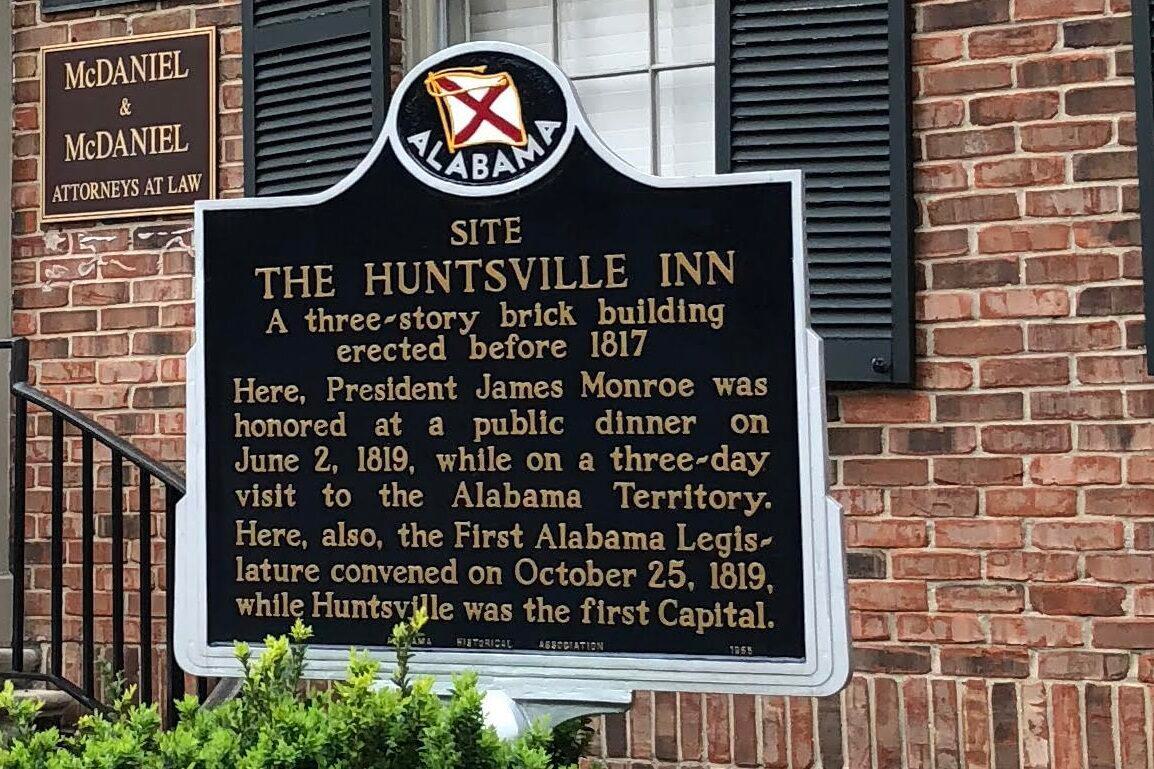Four years ago, there were parades, speeches and ceremonies in communities across the state as Alabama observed its bicentennial. The administration of Gov. Kay Ivey made a major production out of the state's 200th birthday.
On this, the 204th anniversary of statehood, there is little public observance outside social media.
On December 14, 1819, Alabama was admitted as the 22nd state in the United States.
The state's temporary capital, Huntsville, mainly was the site of a constitutional convention to organize state government. The first permanent capital was in Cahaba (Cahawba) in Dallas County. It was between Selma and Orrville, just west of the Alabama River.
An irony of Alabama's founding is that its temporary capital, Huntsville, is now the state's largest city and the site of dynamic growth in population and industry. Huntsville is known as the technological leader of the South and the space and rocket capital of the world. On the other hand, the first permanent capital, Cahaba, is a ghost town – non-existent. No one lives there.
Located near the convergence of the Cahaba and Alabama Rivers, Cahaba was not long the state capital and not long a town at all. Due to flooding and the mosquitos that came with it, the state's legislature decided to relocate the capital, first to Tuscaloosa and eventually to its current location in Montgomery.
Here is the listing of Alabama's state capitals:
Cahaba (1820 to 1825)
Tuscaloosa (1826 to 1846)
Montgomery (1847 to present)
Although Cahaba had lost its site as the state's capital, the town continued to exist for 35 years due to the cotton trade. However, in the decade following the Civil War, the population of Cahaba dwindled to almost nothing. By 1903, most of the town's buildings had fallen down or had been demolished.
There is nothing at Cahaba except some buildings erected and maintained by the Alabama Historical Commission as the "Old Cahawba Archeological Park." Visitors can see our state's first capital's abandoned streets, buildings and cemeteries.
Details and information on visiting Old Cahawba.
One site that has been restored is St. Luke's Episcopal Church, a Gothic-style church that has been moved not once but twice. First built in 1854, the church was disassembled, moved 11 miles and reassembled in a community named Martin's Station in 1878. Then, from 2006-2008, Auburn University's "Rural Project" students moved the church building back to Cahaba.
Just because Old Cahawba is now a ghost town does not mean it does not have a Facebook page. Here is the entry today on the Old Cahawba Facebook:
"Happy Birthday Alabama! You are 204 years old today! On December 14, 1819, Alabama officially became the 22nd State of the United States of America with William Wyatt Bibb as the first governor of Alabama. So, come on out to Cahawba today to the site of the Statehouse Pavilion and observe this special day. Be sure to stop by the Visitor Center to pick up an Explorer's Guide and pay admission into the park: $2.00 for adults and $1.00 for children. #happybirthdayalabama #GovernorBibb #OldCahawba"
We do not expect any birthday parties until the 250th birthday in 2069. 1819 News will cover those.
Jim Zeigler is a former Alabama Public Service Commissioner and State Auditor. You can reach him for comments at ZeiglerElderCare@yahoo.com.
Don't miss out! Subscribe to our newsletter and get our top stories every weekday morning.










